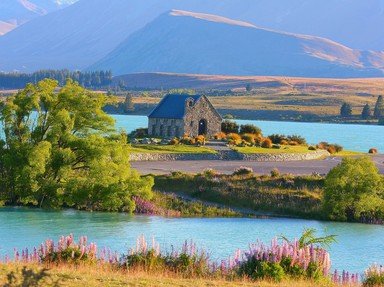
A Short History of New Zealand Quiz
On a world scale, the human history of New Zealand has been brief, but filled with many notable events. Let's establish a timeline of some of this fascinating country's most notable events.
This is a renovated/adopted version of an old quiz by author Pene_Marie
A matching quiz
by 1nn1.
Estimated time: 3 mins.
- Home
- »
- Quizzes
- »
- History Trivia
- »
- Oceania
- »
- N.Z. History